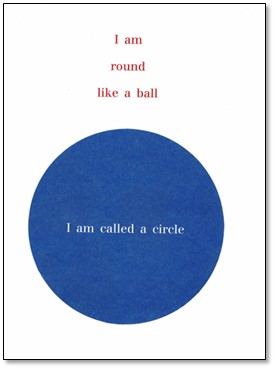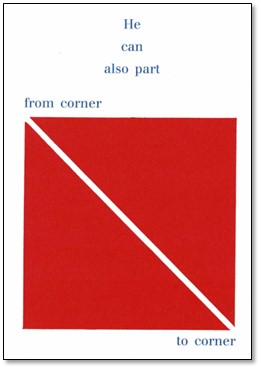Round and Square Volume 2
Last week we looked at the vocabulary in Round and Round and Square. This week we are going to look at the richness of the concepts embedded in the illustrations and story line.
There is one page in the book that I really do not like and that is the very first page as shown below.

I do not like the reference to a 2D shape being described as like a 3D shapes (ball) especially since many students have difficulty coming to understand the difference between 2D and 3D shapes.
However, we do need to be able to make a positive out of a negative and so we could ensure that we have a collection of 2D and 3 D shapes right there and use the page as a talking learning point.
Having said that there are many important ideas unpacked in this book that can be built upon.
Fractions
A common misconception often emerges because of the limited ways in which halves of an area are usually shown in books and in those nasty colour the shape worksheets. In this book the square is cut in half vertically and horizontally, but then importantly diagonally corner to corner.

Later in the book, the square is cut into quarters and into ninths which, though not named, could be used as a teaching points or bouncing off points for exploring fractions made by cutting into different fractions and then using congruence as proof that indeed the fractions are equal parts of the whole. I have had students tell me that there are no such things as sevenths or ninths because they have over generalized what denominators a fraction can have from their limited experiences.
Cutting, Joining, Rotating, and Transforming
Throughout the book the shapes are cut, combined and joined to create 2D representations of everyday objects. 2D drawings are a social convention that makes sense to adults but with which students need to have many experiences to make the connections between the flat drawing and the actual object. Shapes are overlapped and the translucent colouring makes visible the overlapping shapes, some of them irregular shapes that students have limited exposure too. In fact I had a Year 6 student tell me that a six-sided figure that was not in the form of a regular hexagon was not a hexagon and wasn’t even a shape. Many of the students in the class agreed with her. So, with that in mind get your hands on some tissue or regular paper squares and circles (readily available) and encourage some folding, cutting, changing, rotating, and joining activities, spring boarding from the games that Round and Square play. Encourage correct and rich use of shape and fraction language as students explore.
Send any student samples and we will put some on the site.
Have a great week!

